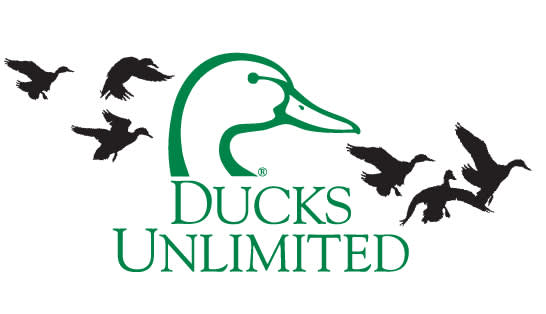Waterfowl Beginning to Nest in the Prairies
Ducks Unlimited 05.09.14

As the breeding season for ducks in the Prairie Pothole Region (PPR) gets into full swing, the world will be celebrating International Migratory Bird Day (IMBD) on Saturday, May 10. On this anniversary of IMBD, Ducks Unlimited says wetland conditions in the continent’s best “Duck Factory” are above average this year, but without sustained efforts to conserve wetland and grassland habitat, the future may not be bright for nesting birds.
“Abundant precipitation last fall, adequate winter snowfall and a good frost seal across much of the Duck Factory resulted in water refilling wetlands this spring,” said Rick Warhurst, DU senior regional biologist at the Great Plains Regional Office in Bismarck. “Wetland conditions are good to very good across a large portion of the Prairie Pothole Region and large numbers of waterfowl have settled in the region this spring.”
The PPR, which extends 300,000 square miles from Iowa to Alberta, produces up to 70 percent of the continent’s waterfowl. The wetlands and grasslands provide safe nesting habitat for many different species of migratory birds. Warhurst expects the first Canada goose broods to hatch any day now and the first mallard and pintail nests to begin hatching toward the end of May.
Sustainability of today’s healthy waterfowl populations depends on intact wetlands and secure grassland habitat for nesting in the future. “DU remains concerned about the effects of wetland drainage, continuing loss of native prairie and loss of Conservation Reserve Program grassland in the PPR,” said Johann Walker, DU director of conservation programs in the Dakotas and Montana.
The PPR’s small, seasonal wetlands are the key to the productivity of this region for breeding ducks and abundant winter precipitation has set the stage for improved wetland conditions on many key waterfowl breeding areas. These wetlands provide abundant protein-rich invertebrate foods that female ducks depend on in order to produce a clutch of eggs. Invertebrates are also important to ducklings in their early life stages.
The conditions of birds arriving at the prairies may be affected by several years of drought across Texas, which has greatly reduced the amount of available water. The resulting reduction of 60,000 acres of rice lands along the Texas Mid-Coast has crippled the area’s capacity to support waterfowl. Combined with chronic losses of coastal prairie and marsh, the Gulf Coast’s ability to support wintering waterfowl is in great jeopardy.
IMBD is an invitation to celebrate the birds arriving in your community and support migratory bird conservation. The U.S. Fish and Wildlife Service website has different ways people can celebrate International Migratory Bird Day. The site also has links to bird conservation plans.

